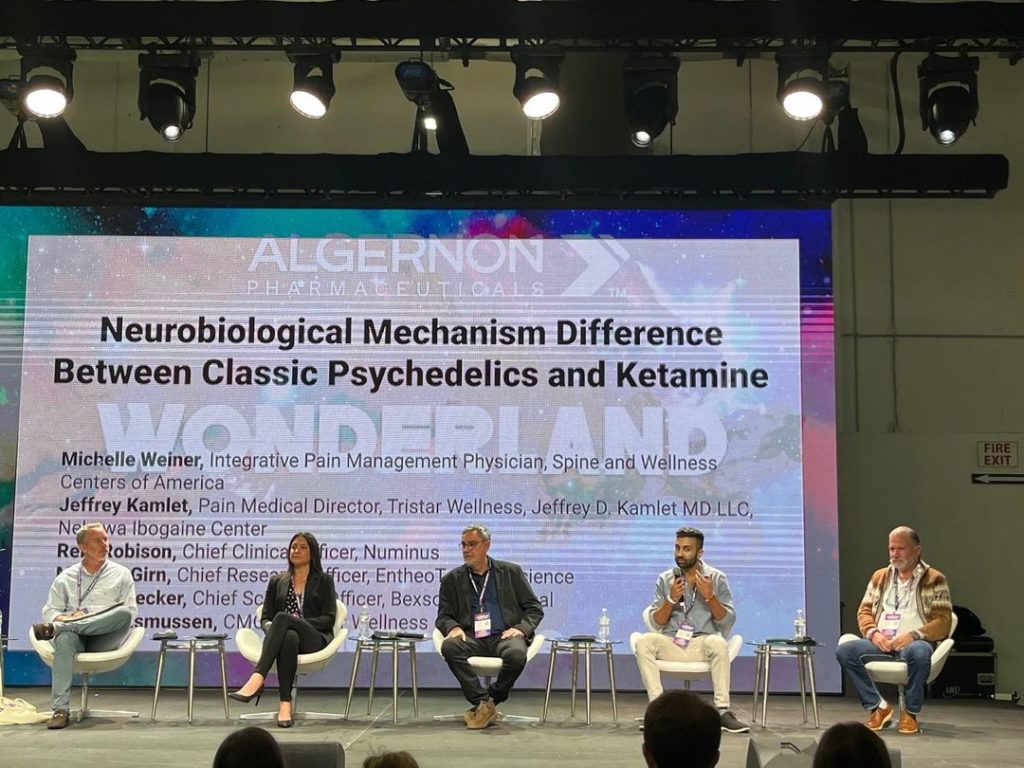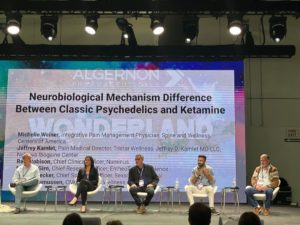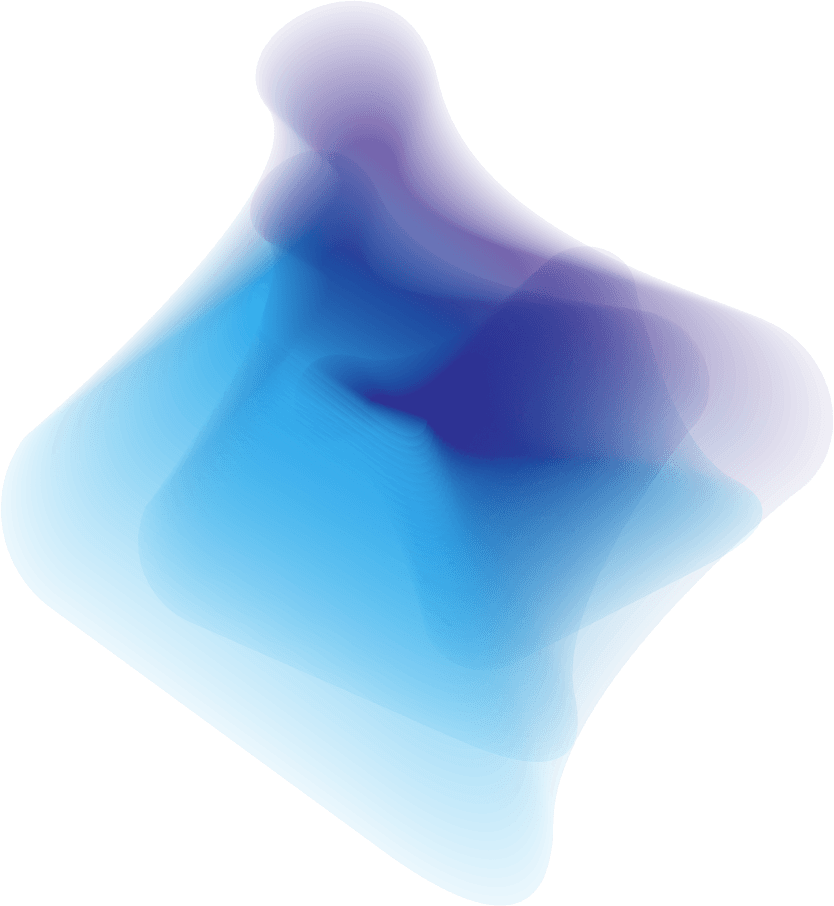Despite an extended summer here in Canada’s west coast, our days are getting shorter and autumn leaves colour the streets. It’s a cycle we’re all very familiar with – unless you’re lucky enough to live somewhere with stable year-round weather.
For many, the onset of shorter days and reduced sunlight also signals the onset of some unwelcome emotional changes. People may start feeling a bit demotivated, sad, and listless. Difficulty with sleeping may be combined with a sense of being chronically fatigued and unable to concentrate. This constellation of symptoms is often colloquially referred to as the ‘winter blues’ and in its more intense version is a medically diagnosable condition referred to as ‘Seasonal Affective Disorder’ (SAD).
SAD occurs in an estimated 0.5 to 3 percent of individuals in the general population, but can be up to around 10 percent in areas located in higher latitudes (i.e., that are more Northern)1,2. It is much more common in individuals with depression – affecting 10 to 25 percent of individuals with major or bipolar depression2,3. These numbers refer to medically diagnosed SAD. Undoubtedly, in its milder form – sometimes medically referred to as ‘subsyndromal’ SAD – it is much more prevalent.
Why does SAD happen on a biological level?
Scientists aren’t completely certain (they almost never are) but, as you might guess, evidence suggests it’s mainly a result of your brain and nervous system’s response to reduced sunlight exposure. More specifically, reduced sunlight exposure has an effect on the level of certain neurotransmitters and hormones in your body, and can dysregulate your sleep-wake cycle (also known as your circadian rhythms)2,3.
Interestingly – the questionable link between serotonin and depression notwithstanding – research has found that serotonin levels are lowest in winter months and that greater light exposure is correlated with higher serotonin levels4. It has also been found that depleting serotonin levels in individuals after providing them with light exposure therapy caused them to relapse into depressive symptoms5. In addition, not only have studies found that Vitamin D improve peoples’ mood during the winter, they have also revealed that Vitamin D directly increases serotonin synthesis in the brain6,7,8. As such, a complex interaction between sunlight, Vitamin D, and serotonin may play a primary role in the development of SAD.
Reduced sunlight can also contribute to an altered sleep-wake cycle, as a result of its effect on serotonin and on the hormone melatonin. Melatonin is produced by your pineal gland and is naturally produced more when there is less sunlight – providing a chemical signal to your brain that it will soon be time to sleep9. When you’re exposed to less sunlight during the day (and especially during the morning), it can result in overproduction of melatonin and contribute to feelings of sleepiness and fatigue.
So what are some practical approaches to combating SAD in both its more intense and milder forms?
Naturally, making an effort to expose yourself to sunlight (or particular forms of artificial light), especially in the morning to start your day, goes a long way. This has been discussed in detail on neuroscientist Andrew Huberman’s amazing podcast. He recommends getting at least 10-30 minutes of sunlight exposure each morning (30-60 minutes on overcast days). Supplementation with Vitamin D and/or the serotonin precursor L-Tryptophan is also a strong solution and can go a long way. Another effective way to self-treat SAD is through aerobic exercise – research has even found that it is similar in effectiveness to light exposure, and may synergize with it if done together10.
As we move into Autumn and Winter, proactive steps to minimize and prevent SAD symptoms could go a long way and we believe they are certainly worth the effort!
References
- https://pubmed.ncbi.nlm.nih.gov/10363665/
- https://medlineplus.gov/genetics/condition/seasonal-affective-disorder
- https://www.ncbi.nlm.nih.gov/pmc/articles/PMC3004726/
- https://pubmed.ncbi.nlm.nih.gov/12480364/
- https://pubmed.ncbi.nlm.nih.gov/8540776/
- https://faseb.onlinelibrary.wiley.com/doi/abs/10.1096/fj.13-246546
- https://genesandnutrition.biomedcentral.com/articles/10.1186/s12263-018-0605-7
- https://pubmed.ncbi.nlm.nih.gov/9539254/
- https://www.ncbi.nlm.nih.gov/pmc/articles/PMC4334454/
- https://pubmed.ncbi.nlm.nih.gov/10788675/














